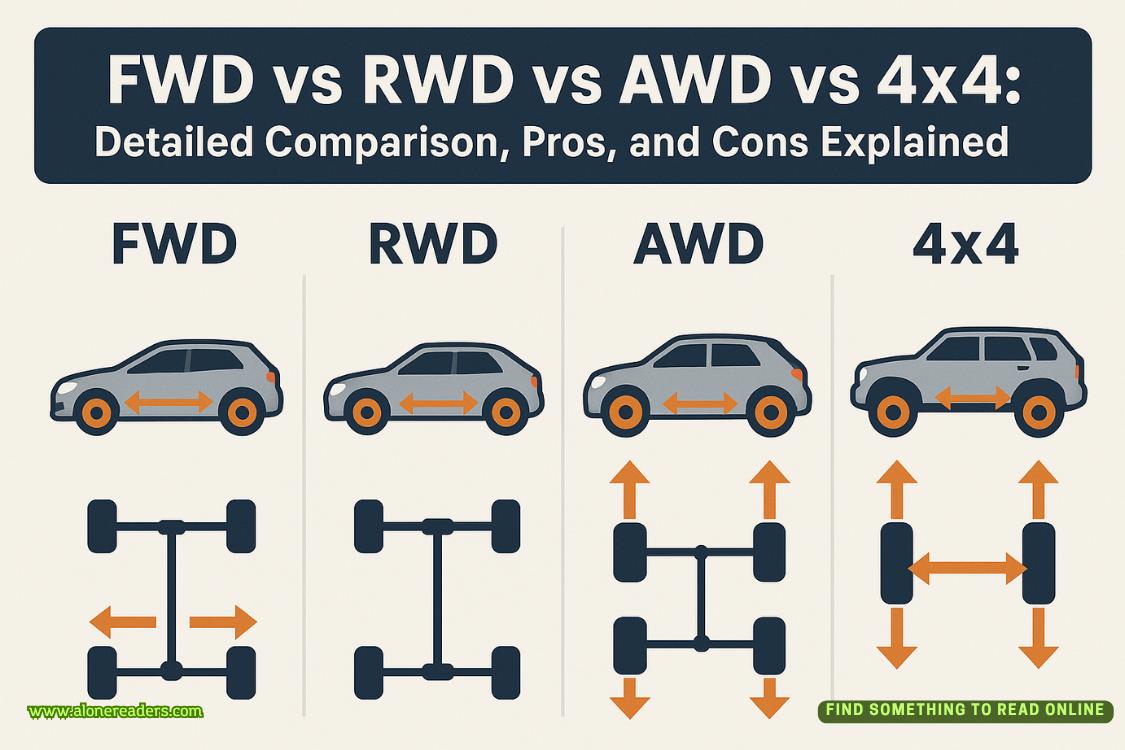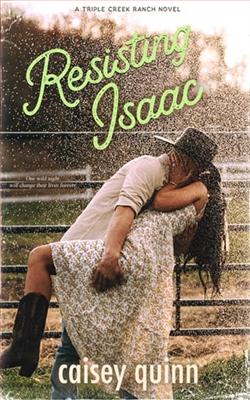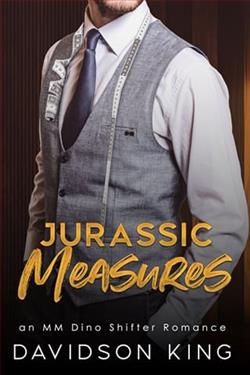Page 31 of Still See You Everywhere
Ronin rinses. Loads. Rinses. Loads. The strong, silent type, then.
“Where are you from?” I venture at last.
“Hawaii. Big Island.”
“You’re local?”
“Third generation,” he confirms.
I do some math, and based on my rudimentary knowledge of US history, arrive at a sad conclusion. “Your grandparents were Japanese immigrants during World War II?”
“My grandfather was sent to a Japanese internment camp. He met my grandmother while incarcerated.”
“I’m sorry.”
He finally looks up. “History happens. It isn’t your responsibility to apologize for what came before you. It is all of our responsibility, however, to do better in the future.”
I gather up more bowls. He stacks them in the next available tray.
“How would you like to be addressed?” I remember this from my conversation with Vaughn.
This would be the perfect time for someone with, say, my sensibilities to quip, “Grand Master of the Universe.”
Ronin goes with: “He/him.”
I nod. Fair enough. Then, as the silence once again drags out: “I understand the naturalists are inspecting the atoll to analyze the possible environmental impact of the proposed development, but what exactly are you assessing as an archaeologist?”
Ronin points the spray nozzle at an oversize stainless-steel prep bowl and scours away. “I’m looking for signs of previous civilization, for elements of Polynesian culture and history that should be preserved and protected. Which could result in anything from a complete halt to the project to a more scaled-down plan to accommodate historic sites. Or, of course, no changes at all.”
“You’re looking for ancient ruins?”
“Not necessarily. This atoll, like most of the Line Islands, lacks fresh water. Meaning it was never cultivated by early explorers. Instead, it operated more as a way station—a stopover where expeditions would linger long enough to stretch their legs, replenish their food supplies. Just because there’s no record of people inhabiting this island, however, doesn’t mean it’s completely devoid of sites of interest.”
I dump out the bucket of silverware and get to work. “Pretend I’m stupid.” Again, a perfect opportunity for him to make some sort of smartass comment. He doesn’t, and I feel let down. Ronin might be one of the most beautiful humans I’ve ever encountered, but he seems sadly limited in the witty repartee department. “Define a site of interest.”
“Heiau,” he replies immediately, which sounds like hey-yow. “Hawaiian temples, where mana is concentrated and transferred through prayer. It wasn’t uncommon to erect heiaus overlooking coral reefs to conduct rituals for better fishing, making this a prime location.”
“What does a heiau look like?”
“They can be an earthen mound or stone structure. It’s less a prescribed form than a feeling of intent, of our need to honor our ancestors and connect with the land and the sea most of us feel in our blood.”
“That sounds very beautiful.”
Ronin flashes a smile, clearly acknowledging that I’m an ignorant white woman with no true comprehension of what he just said.
“In practical terms, I am mapping the topography of the island for geoformations that seem out of place. Say, a perfectly formed mound where no mound should be. Or an unnaturally straight line cutting through the rainforest. In my line of work, any symmetrical shape is an item of interest. Perhaps indicating an ancient temple or burial mound.”
This grabs my attention. “You’re looking for human remains?”
“It’s possible. This atoll has been known by locals for hundreds of years. It’s not unreasonable that an early Polynesian sailor might be buried here. Not to mention European explorers such as Captain Cook in the eighteenth century and whalers in the nineteenth. Of course, there’s also the legend of buried treasure.”
“Buried treasure?” I give up on washing silverware to stare at the archaeologist in rapt interest.
His smile grows, crinkling the corners of his dark eyes. Seriously, no man should be this pretty. “An infamous pirate ship ran aground in the early nineteenth century, the surviving crew members allegedly burying their ill-gotten gains somewhere on Pomaikai. They spent months living off of coconuts and crab meat before being rescued. Years later, on his deathbed, the last surviving crew member confessed to burying a small fortune in gold between a V-forked tree and an eagle-shaped rock. As you can imagine, many have searched. None have discovered.”
“Is that why MacManus bought the property? To find pirate booty?”
Ronin shakes his head. “Legends of buried treasure are generally just that—legend. And given the number of deserted islands in the Pacific alone, not something to be taken too seriously.”















